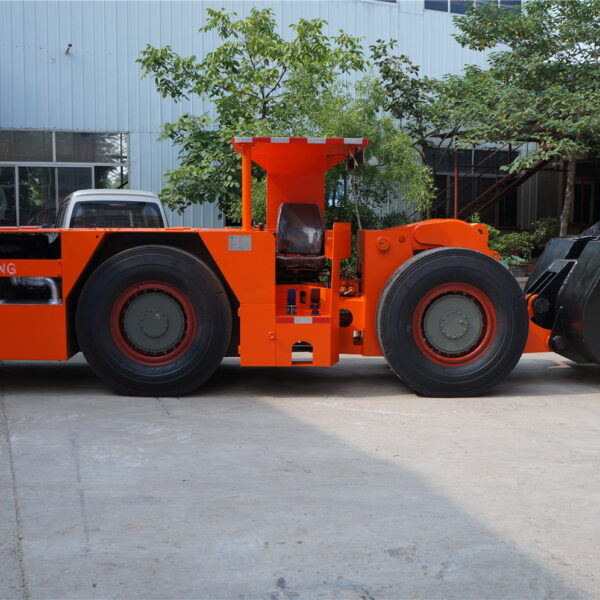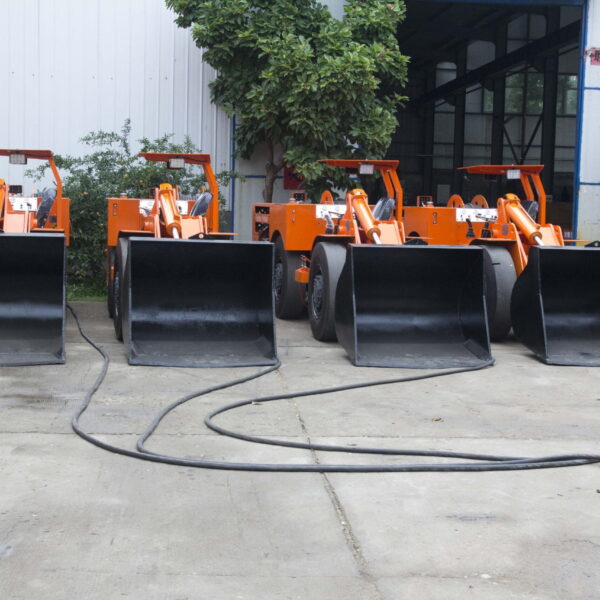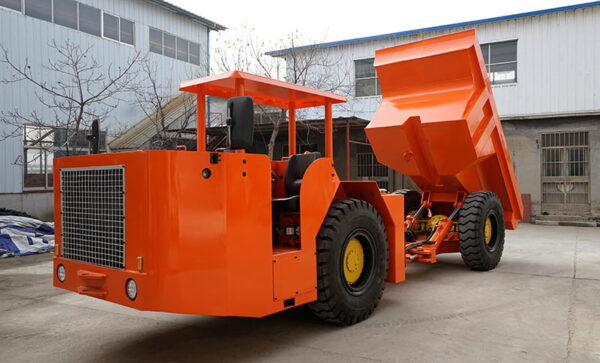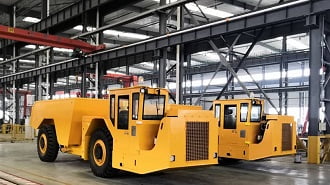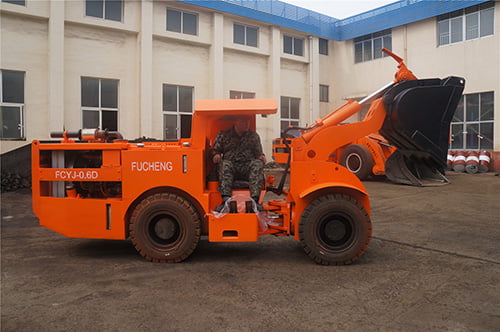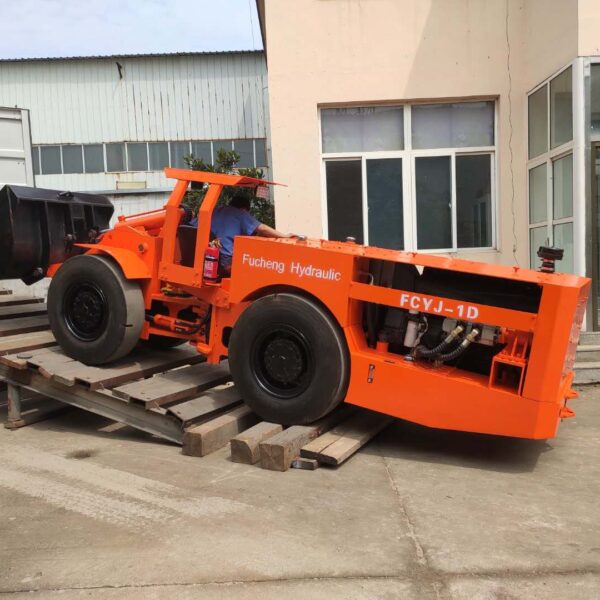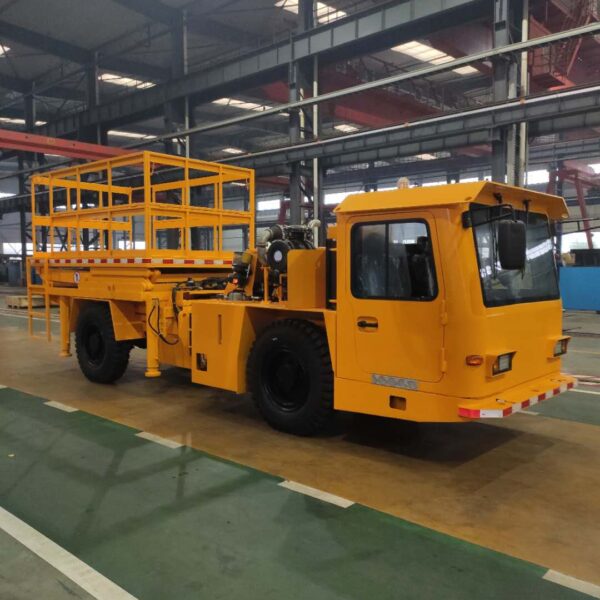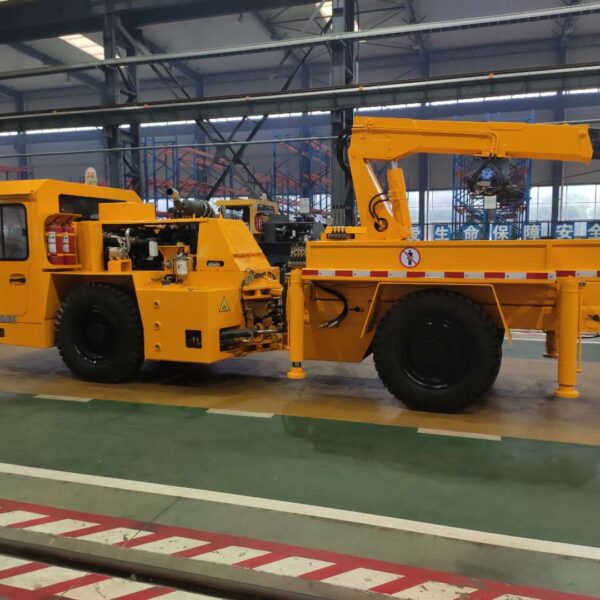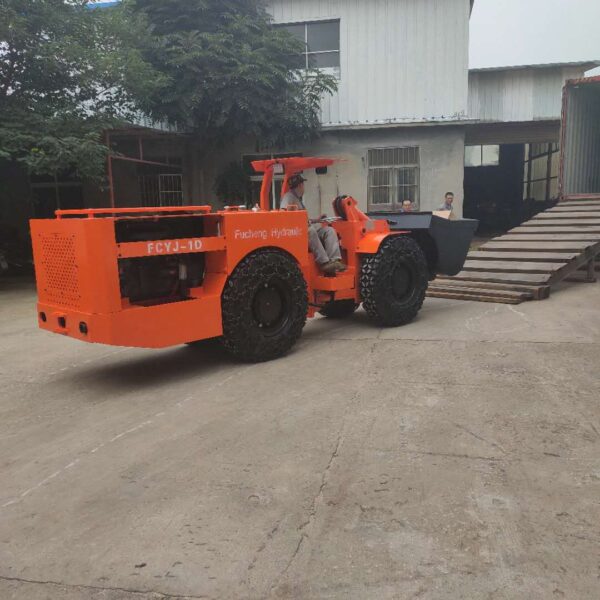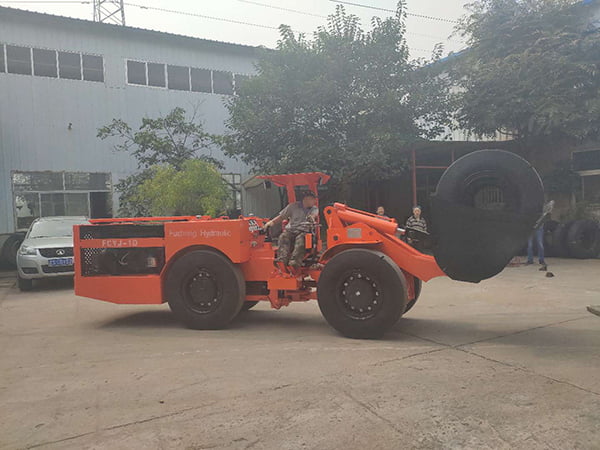Mineral exploration
The process of mining gold is when the magic occurs in each mining process. Mineral exploration is an essential step in the mining process. Companies hire geologists and other experts to study the terrain and look for mineral reserves in distant places. Geological mapping, geophysical measurements, and chemical analysis are often used to identify probable deposits from the outset.
Water, oil, and soil are examined, and corporations begin to assess the social and economic impacts in the new mining region.
In the next phase of the mining process, airborne or ground geophysical surveys are used to read the Earth’s magnetic field, radiation, and electrical conductivity under the surface of the Earth, among others.
Companies might begin drilling after doing these studies to see what is under the surface. Miners may get a rough idea of how large a deposit could be by drawing out a 2D or 3D model of the geological ore they’ve drilled and sampled, which gives them an idea of the potential scale of the deposits.
The design and planning of a mine location
Construction
Mining Activity
Open-pit mining
The information gleaned from exploratory drilling is then utilized to create a resource model. This gives us the knowledge we need to figure out the process of mining gold. To distinguish between ore (rock that contains gold) and waste (rock that does not contain economically significant amounts of gold), large, broad steps called benches are drilled, and then the region is blasted. As a result, the rock is more easily transportable. lack of high-grade ore has prompted the development of new and cutting-edge technology and engineering, which has made the operation more efficient. Because the quantity of ore mined to the amount of waste rock excavated in the Macraes Operation is 1:10, low unit costs are critical (also known as the stripping ratio). To put this in perspective, an open-pit mining operation needs to move 11 tonnes of rock to get one to two grams of gold.Subsurface Mining
Mining is the process of taking minerals from the earth. There must be a sequence of exploratory drilling and extensive economic analyses before developing an underground mining. Scoping, pre-feasibility, and feasibility studies are all included in the thorough studies (12 months). Surface mining facilities are built as soon as the mining area has been thoroughly characterized (up to six months). Lateral access drives follow decline and return airways to access the ore (two months to several years). After the main tunnel is built, the normal mineral development and production cycles may begin. Along with the lateral development drives, drilling and stopping (ore mining) are used for grade control. Infill drilling is used to improve the accuracy and resolution of the geological model on which the mine design is based by further defining the location of the orebody at greater precision. Material samples are used to identify the ore’s grade and type. The tunnels are developed by the mining process of drilling, blasting, bogging, and ground support. The rock must be fragmented (broken up) before being excavated using low-profile excavators known as boggers. Remotely controlled boggers are utilized as soon as stope production starts to protect operators from rockfalls and other risks. The material is delivered to the ROM (Run of Mine/Mill) pad, milled by trucks. Before the material is sent into the mill, an excavator eliminates any remaining steel or explosives.Processing and Extraction
Crushing and grinding
Extraction of minerals is carried out by the process of crushing and grinding. The primary crusher at the processing facility receives ore from both underground mining and open-pit mines. The 125mm space at the bottom of the jaws compresses the rock so that it fits. The mill is the last destination for the rock that has been crushed. Crushed rock is mixed with water to create slurry at the same time. The main cyclones receive the slurry (used to size the material). The mining process repeats itself repeatedly, with coarser material returning to the bottom and lighter material spinning up to the top and being pushed over to the next stage.Oxidation and flotation
The flotation cells are the first place where gold-bearing ore may be separated from waste rock. At Macraes, sulfide ore is the primary commodity extracted there (containing gold particles). Sodium Isobutyl Xanthate (SIBX) is used in an acidic solution to get the gold particles to stick together. The gold bonded sulfur is floated to the top of the tanks using air agitation. Once the gold-bearing ore has been separated from the waste rock, this procedure is repeated (increasing the grade of the ore). In some areas, the flotation units capture 70% of the gold, while the primary roughers recover 30%.Absorption and Leaching
To extract the gold from the rock, the oxidized slurry is sent to the carbon leach circuit. Gravity-fed tanks containing sodium cyanide are filled with increasing poison, which weakens towards the end. To remove the gold from the rocks, sodium cyanide is used. A rock particle may move through the tanks in three to four days. 98.5 percent of the gold is collected by the time the rock particle reaches the final tank.Reclamation
- Guaranteeing the health and safety of the general public
- Reducing the negative impact on the environment
- Protecting water quality by eliminating garbage and dangerous materials
- Protecting land from erosion by stabilizing it
- New land form and vegetation creation
- Remediation: Removing all traces of the hazardous material and disinfecting the space.
- Reclamation: To return nature to its original use, the land must be stabilized, landscaped, and topsoil replaced.
- Restoration: Plants and animals affected by the mine will be restored to their pre-mine condition.
- Rehabilitation: Making the land stable and self-sustaining, either as it was before the mining or in a new ecosystem of the same kind.
- The mine shut down: Workers are laid off, equipment is shut down, and production is suspended.
- Decommissioning: The operation and equipment are dismantled, the trash is disposed of, buildings are destroyed or repurposed, and the site is cleaned up thereafter.
- Remediation, reclamation, or re-use: While eliminating harmful or contaminating elements from the land and surrounding ecosystems so that they may be restored to their natural form.
- Post-closure: There are efforts made to keep the mining activity shutdown and identify any further activity that needs to be done.


